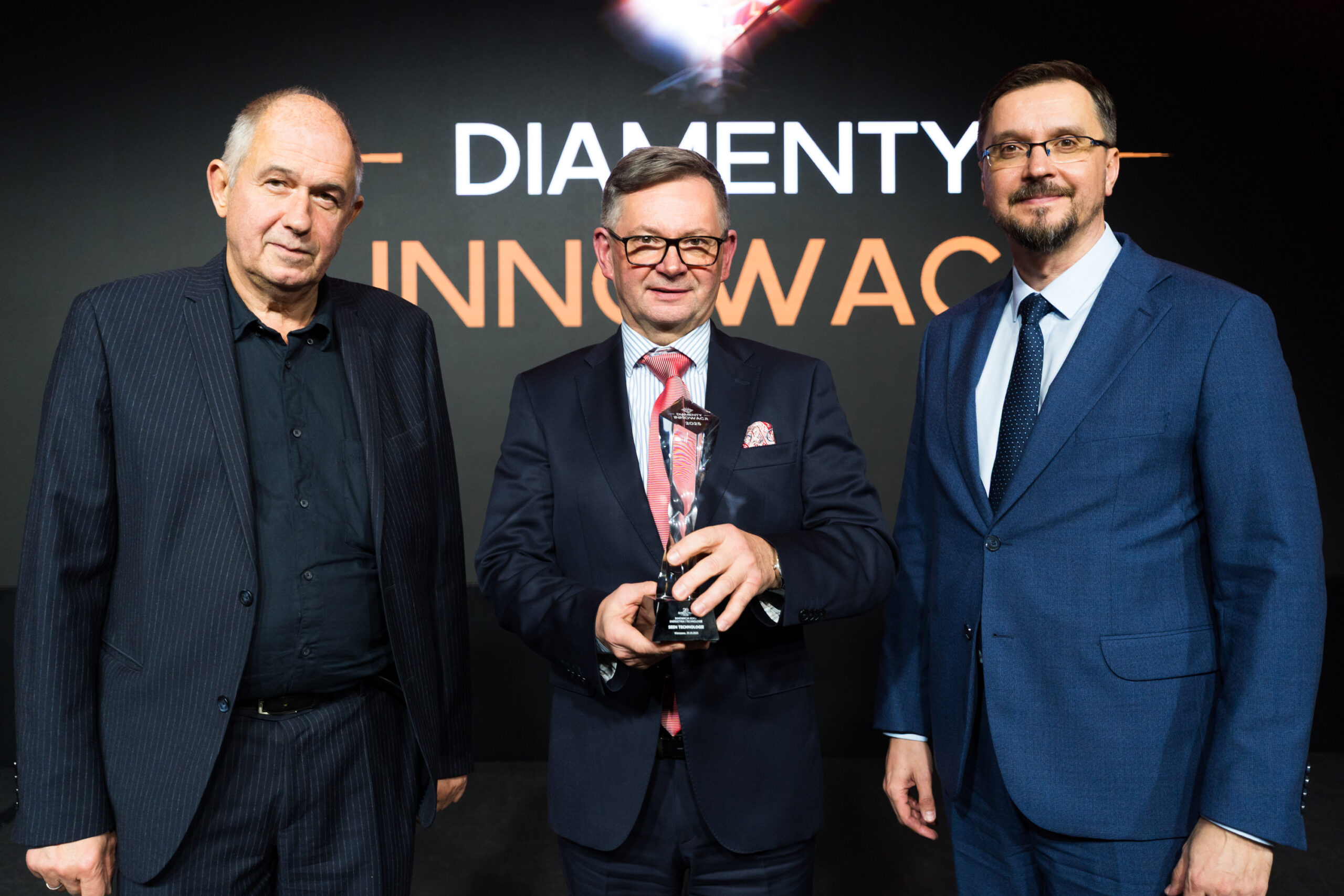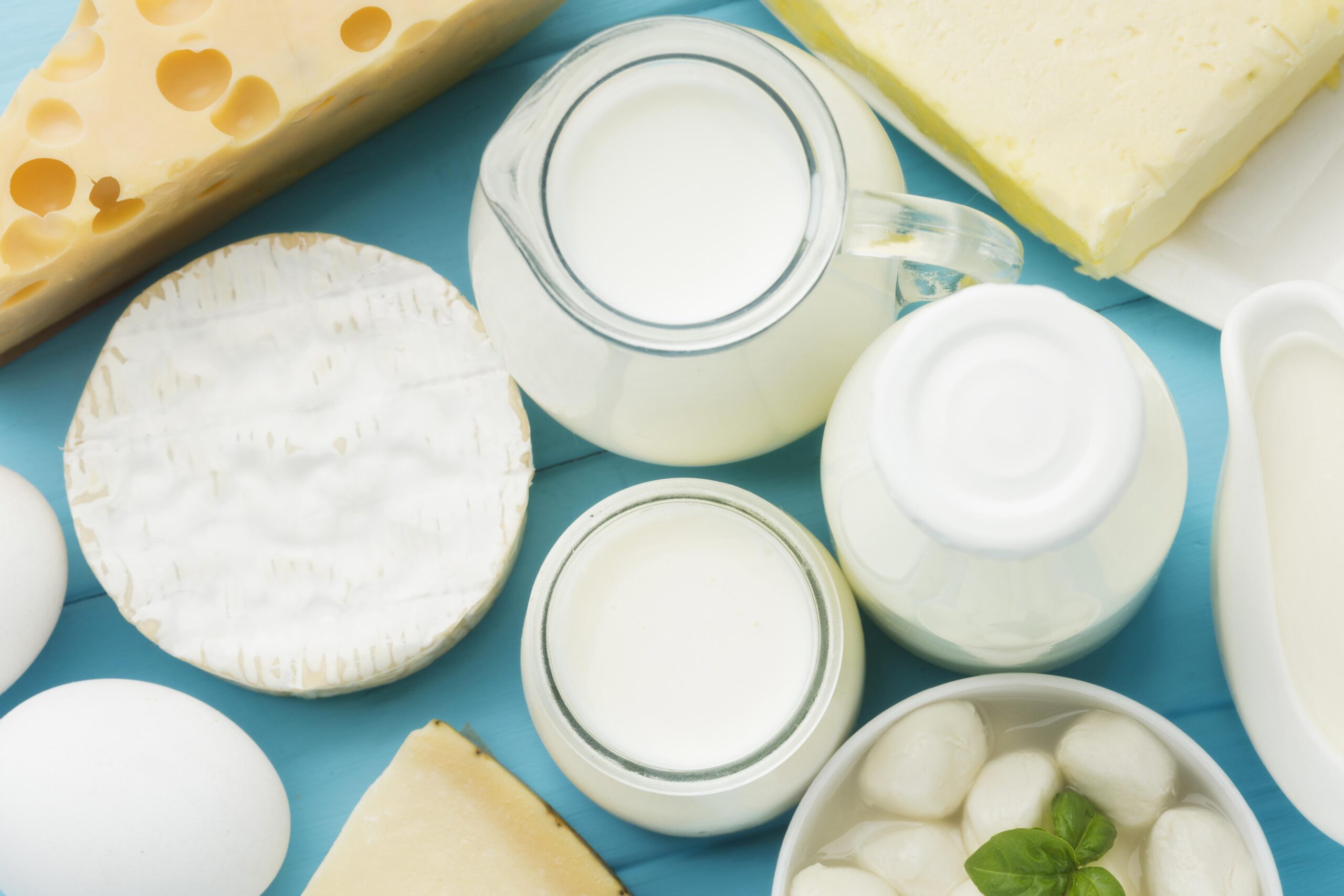ECONOMY
- Polish Trade in Agri-Food Products in The Face of An Ending Pandemic, Rising Inflation and The War in Ukraine (DOI10.15199/65.2022.9.1)
Małgorzata Bułkowska 2
The article presents the changes in Polish foreign trade in agri-food products in 2021 and the first half of 2022, as well as the prospects for its further development in the conditions of the expiring COVID-19 pandemic, rising inflation and the war in Ukraine. Despite the difficult external situation, in 2021 the value of Polish agri-food exports increased by 9.6%, reaching EUR 37.6 billion, while the value of imports increased by 10% to EUR 25 billion. Thus, the trade surplus amounted to EUR 12.6 billion and was 8.9% higher than in 2020. The record turnover in Polish agri-food trade was largely the result of rising product prices. This trend continues in 2022. The further development of Polish exports in the coming years will be determined by the course and effects of the armed conflict in Ukraine as well as the growing production costs, which will have a direct impact on the profitability of foreign trade, and thus the condition of the entire agri-food sector in Poland.
KEY WORDS: foreign trade, agri-food products, inflation, Ukraine
LAW
- Sustainable Agri-Food Production – Regulatory Requirements to Confront Climate Change (DOI10.15199/65.2022.9.2)
Magdalena Wróbel- Jędrzejewska, Ewelina Włodarczyk, Elżbieta Polak 8
The issue of sustainable production in the context of climate protection was characterized. Possible measures to reduce the negative environmental impact of the agri-food industry by improving the efficiency of technological processes were presented. The industry has been shown to leaves a strong environmental footprint. A good tool for determining the environmental impact of a product or technological process is the carbon footprint. Knowing the size and reducing the amount of f gases emitted into the environment will help meet climate protection policy goals. International and national legislation are being successively amended, tightening the requirements to combat climate change, including the control of refrigerant emissions by qualified and certified personnel and companies.
KEY WORDS: sustainable production, carbon footprint, greenhouse gas emissions, f-gas, certification
TECHNICS-TECHNOLOGY
- Stress Tests (Challenge Test) In Assessing Microbiological Stability of RTE Food (DOI10.15199/65.2022.9.3)
Agnieszka Jackowska-Tracz 16
The microbiological shelf-life of a product corresponds to the period during which the product remains within predetermined microbiological limits. With regard to Listeria monocytogenes (Lm) in RTE foods (ready-to-eat), the choice of microbiological limits is closely linked to the determination of the nature of the food – the estimation of the ability of food to support the growth of Lm. A challenge test assessing growth potential (Δ) provides the food business operator with knowledge in two important respects: the ability of the product to support growth of Lm and the estimation of the growth of Lm based on the obtained growth potential value.
KEY WORDS: challenge tests, RTE food, Lm, potential growth
- Characteristics of Selected Stability Tests of Emulsion Systems (DOI10.15199/65.2022.9.4)
Anna Żbikowska, Aniela Sokół, Iwona Szymańska, Katarzyna Żbikowska, Aleksandra Religa, Małgorzata Kowalska 23
Emulsions are dispersion systems commonly found in the food, cosmetic and pharmaceutical industries. The products are unstable and therefore it is very important to analyze their stability. The aim of the study was to discuss examples of methods of assessing the stability of dispersion systems. Traditional research is outlined briefly, focusing on analyzes that are now less used and described in the scientific literature. The article shows the great potential of scanning devices for small amounts of the tested material. These devices allow to characterize the actual state of dispersion and long-term analysis of destabilization processes taking place in emulsions. The biggest disadvantage of such tests is the high cost of the apparatus.
KEY WORDS: emulsion stability, centrifuge methods, optical devices, quality of emulsion
FOOD-FEEDING
- Management Of Food Industry By-Products in The Production of Food with Health-Promoting Potential (DOI10.15199/65.2022.9.5)
Joanna Kaszuba, Karolina Pycia 30
An indispensable element of food production is the formation of by-products, the type and nature of which determine the subsequent management. Bran, wheat germ, spent grain, post-extraction oilseed meal and oilseed cake, whey and coffee waste are examples of by-products in the food industry. In general, most of them are valuable animal feed. Nevertheless, due to the interesting chemical composition and the richness of bioactive ingredients, they are often used to compose new food products or shape the quality of the existing ones. What’s more, their management fits perfectly into the zero-waste policy, which is now widespread. The aim of the study was to characterize selected by-products of the food industry and to present examples of their use in food production. Based on the literature on the subject, the possibilities of application of by-products of the food industry as a source of protein, fatty acids, dietary fiber or bioactive ingredients in the production of food with a pro-health potential have been described.
KEY WORDS: food by-products, functional food, bioactive ingredients, pro-health food
- Beetroot (Beta Vulgaris L.) As A Source of Compounds with A Beneficial Effect on Health (DOI10.15199/65.2022.9.6)
Bartosz Kulczyński, Anna Gramza-Michałowska 38
Beets are a source of many health-promoting compounds with a well-documented impact on human health. Their therapeutic effect is determined by the presence of inorganic nitrogen compounds, flavonoids, betalains, which are natural dyes, as well as selected vitamins and minerals. The current state of knowledge proves that beetroot is especially valuable for the circulatory system. This is due to their antihypertensive properties as well as reducing arterial stiffness. Moreover, beetroot has a hematopoietic effect, improves the functioning of the brain, lowers the level of blood glucose, and is also characterized by hepatoprotective properties.
KEY WORDS: beetroot, betanin, cardiovascular system, nitric oxide
- Culinary Heritage of The Chadecki Highlanders in The Lubuskie Voivodeship (DOI10.15199/65.2022.9.7)
Dorota Garnek, Anna Gramza-Michałowska 42
SUMMARY:
Culinary heritage is now an integral part of the cultural heritage of a region or ethnographic group. Lubuskie Voivodeship belongs to the „reclaimed lands”, which after World War II were settled not only by people living in Poland, but also from outside the country’s borders. One such group is the Chadec Highlanders, currently living in Lubuskie voivodeship. This paper examines the Chadec Highlanders’ knowledge of culinary heritage within their ethnographic group and the importance of culinary heritage to the population of Lubuskie. It also assessed the relationship between the degree of interest in the culinary heritage of the Lubuskie region and the knowledge of food products of the Chadeck highlanders’ ethnographic group. The analysis of the data obtained indicates that there is a correlation between affiliation with the Chadec highlanders and knowledge of the regional dishes of this ethnic group. It was further found that Lubushans consider it important to nurture regional culinary art and its role in the attractiveness of the region. Respondents find regional products interesting and believe they should be on stores’ shelves.
KEY WORDS: culinary heritage, reclaimed territories, Lubuskie Voivodeship, Czadecki highlanders, Czadca, Bukovina
INTERVIEW
- New ambitious goals in the activities of SITSpoż. 47
EVENTS
- 4 facts about freezing food 7
- Poles eat groats more often than a decade ago! 14
- European Citizens’ Initiative „Protect the EU’s Rural Heritage, Food Security and Supply” 21
- Culinary types and varieties of potatoes 28
- Poles bet on Polish food! 41
- More space, cooler temperatures, shorter journeys: EFSA recommendations to improve animal welfare during transport 46




